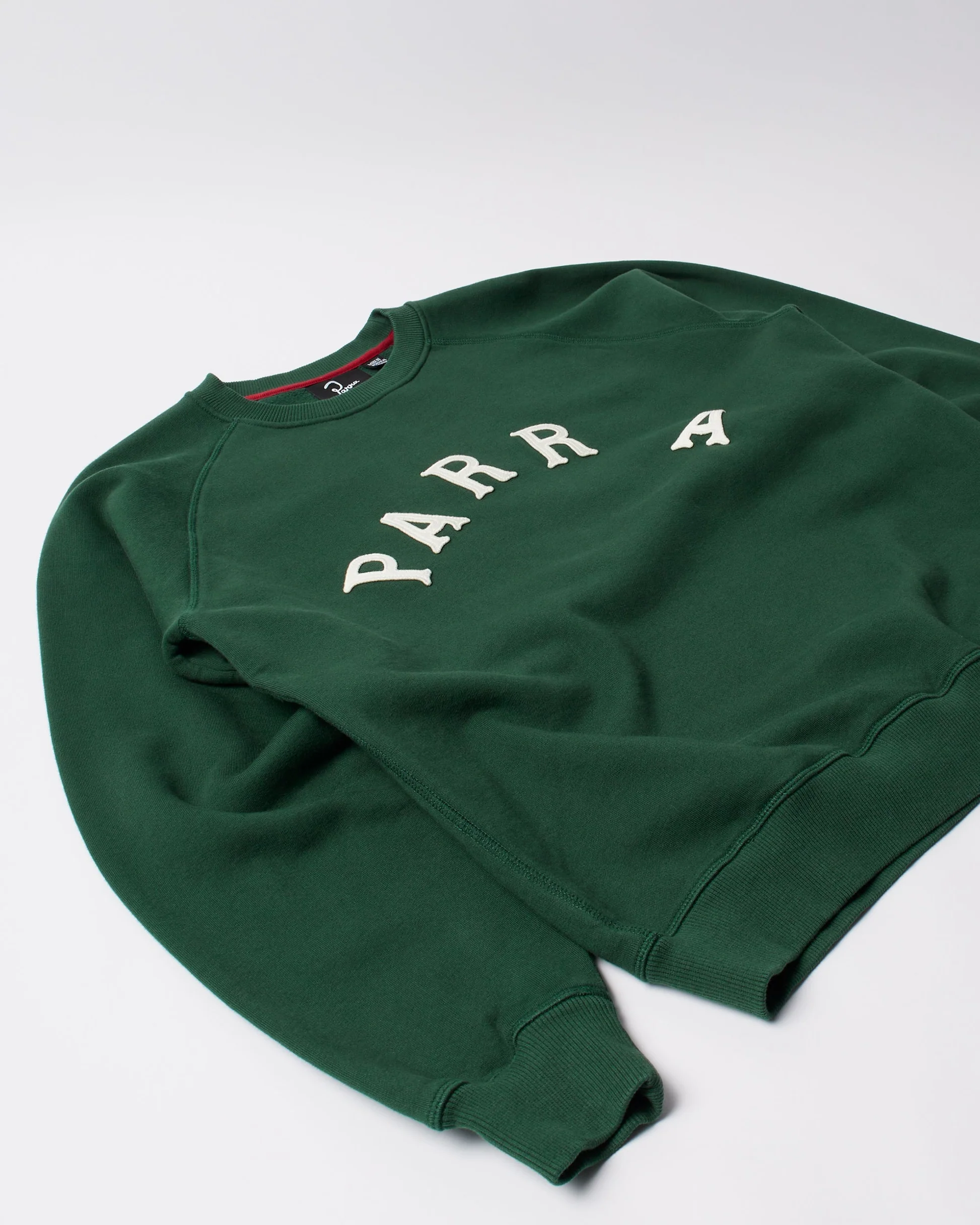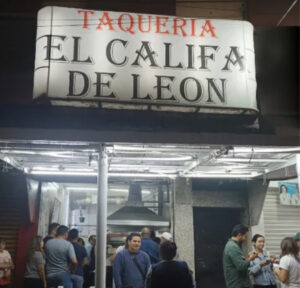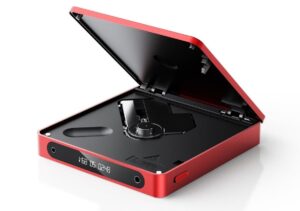In an era where mass production, algorithmic design, and copycat aesthetics dominate the visual language of fashion, there’s something subversive — even radical — about color that refuses to conform. Enter the tie-dye jumper by No Problemo, a garment that looks like rebellion crystallized in cotton. Its abstract vortices and marbled hues are not merely stylistic choices — they are coded expressions of identity, geography, resistance, and personal history. More than a “trend,” tie-dye becomes here a vehicle for memory, a language for street-level storytelling, and an enduring symbol of a brand rooted in authenticity.
Though tie-dye has undergone its fair share of resurgences — from psychedelic ’60s counterculture to ‘90s rave revivalism to Gen Z’s pandemic-era DIY renaissance — its presence in No Problemo’s archive is not reactionary. It is foundational. Designer Alize Demange, one of the creative minds behind the label, has cultivated tie-dye not as decoration but as declaration. Each jumper is hand-dyed in London, often produced in limited runs or one-offs, transforming every piece into a personal artifact. The swirl isn’t just visual chaos; it’s controlled disorder. Streetwear with spirit. Texture with a past.
This is not nostalgia. This is continuity — a commitment to visual storytelling through pattern, through imperfection, through deliberate variation.
The Semiotics of the Swirl
The first impulse when encountering a No Problemo tie-dye jumper is visual: a kind of chromatic jolt. Yellows ripple into blacks, deep purples erode into turquoise. The colors bleed not evenly but instinctively — no two garments are the same, nor should they be. But that visual intensity is only the surface. Beneath it lies a language of social and cultural meaning.
Tie-dye, by nature, resists uniformity. It’s anti-linearity. It doesn’t allow for straight edges or static repetition. That unpredictability is the point — and in No Problemo’s case, it’s a metaphor. For Alize and her team, this unpredictability mirrors the lived experiences of multicultural London youth, of diasporic expression, of second-generation identity that refuses to be smoothed out by hegemonic assimilation.
To wear tie-dye here is to occupy a liminal space — between old and new, between the institutional and the intimate. It’s an act of sartorial authorship that says: I won’t wear what you expect me to. I won’t be edited.
No Problemo: From Underground Culture to Global Conversation
The story of No Problemo isn’t that of a traditional fashion house. It’s one built in the in-between. In the shadows of London’s night buses and skate parks, in garages where grime tapes were passed around, in WhatsApp group chats and pirate radio frequencies. Alize, along with frequent collaborators and a growing collective of artists, stylists, and musicians, used clothing not as merchandise but as message.
What started as a line of hand-dyed pieces soon evolved into a full-fledged brand — but one that continues to treat the clothing as a living archive. From sweatshirts to jumpers to tees, the pieces all carry a visual frequency. The waves and bleeds of dye recall both sonar and scars — signals sent out, or memories left behind. Tie-dye is not an aesthetic trend here; it is ethos.
The brand’s refusal to engage in seasonal cycles or hype-driven drops is just as significant. “There’s no collection,” Alize has said in interviews. “There’s only expression.” That clarity gives the jumper its resonance. It isn’t released. It’s revealed.
Dyeing as Ritual: The Power of the Handmade
In fashion’s upper echelons, the term “handmade” often functions as a luxury signifier — used to justify a thousand-pound price tag or an elusive drop. But in No Problemo’s world, handmade means something else: ritual. Process. Intimacy. Human error as texture, not flaw.
Each tie-dye jumper is dyed by hand in a modest studio space, with buckets, gloves, heat, and intuition. The process is physical. It involves soaking, folding, knotting, binding, applying pigment, and waiting. Sometimes hours. Sometimes days. There’s no algorithm to the gradient. There’s no data model to the marbling. It’s just hands, color, cloth — and context.
That context matters. To tie-dye in London is not to mimic Haight-Ashbury or Bali batik traditions. It is to layer meaning atop memory, to add pigment to postcodes. The jumper absorbs the atmosphere of its making — the city, the people, the mood of the moment. And when worn, it carries that residue with it. It becomes a conversation starter, a keepsake, a contradiction.
Pattern as Protest, Pattern as Prayer
There’s a political dimension to this aesthetic. In a landscape saturated with branded minimalism, the decision to go bold is itself a resistance. No Problemo’s jumpers are not silent. They don’t slip into the background. They enter a room with energy. That energy disrupts the neutrality that so many global brands chase in the name of “versatility.”
Why is boldness still coded as unrefined? Why do patterns — especially in streetwear — still get dismissed as unserious, amateur, or juvenile? No Problemo challenges that. These swirls and splotches are not childish chaos. They’re deliberate expressions of lived experience. They are acts of identity. Each one saying, “You’ll see me.”
For second-generation youth, for queer and racialized bodies, for those who navigate multiple cultural registers daily, pattern is not whimsy. It’s a necessity. It’s how one marks presence in a world that constantly tries to flatten it. The jumper becomes not just apparel but armor. Color becomes shield. Swirl becomes story.
Global Threads, Local Roots
While tie-dye has roots in countless global traditions — from West African resist-dyeing to Japanese shibori to Indian bandhani — No Problemo’s version is hyper-local. It doesn’t appropriate so much as accumulate, paying homage through variation rather than mimicry. The dye patterns may evoke other cultures, but they’re reinterpreted through a distinctly London lens: multicultural, unglamorous, real.
There’s something very specific about wearing this kind of tie-dye in the UK. It doesn’t evoke beaches or festivals or Summer of Love clichés. Instead, it might conjure graffitied council flats, fogged-up bus windows, the scent of jerk chicken on a cold afternoon, or the soundtrack of jungle and drill bleeding through apartment walls. It’s not peace and love. It’s peace through defiance.
Fashion as Frequency: The No Problemo Jumper in the Cultural Landscape
Placed within the wider landscape of contemporary streetwear, the No Problemo jumper exists at the intersection of craft and culture. It resists the hype cycle, and yet it holds cachet among those who know. You don’t buy it for the logo. You buy it because it makes sense. Because it feels like something. Because you can tell — instinctively — that it came from somewhere that matters.
The jumper becomes a vessel for something larger: community, creativity, coded language. It’s been worn in studios, on stages, in protests, in poetry readings. And unlike many high-end pieces, it’s designed to be worn hard. The dye will fade, the fabric will soften, and the colors will shift with time. That’s part of the garment’s truth. It lives. It ages. It archives.
Impression: Threads That Refuse to Disappear
There’s something profoundly moving about a tie-dye jumper that doesn’t beg to be understood. It simply is. Irregular. Vivid. Unapologetic. The kind of clothing that doesn’t demand attention, but earns it — slowly, subtly, with every wash, every wear, every public encounter. It’s not trying to be timeless. It’s trying to be true.
And in that truth lies its power. In a world of AI-generated prints and fast-fashion mimicry, No Problemo reminds us that fashion can still be spiritual. Still tactile. Still fiercely personal. This jumper is a love letter to process. To pain. To pigment. To people who refuse to wear beige in a world that tells them to shrink.
So you put it on. You wear it like armor. Like a diary. Like a map. And you walk into the world a little louder, a little messier, a little more yourself.
No Problemo? No problem.
No comments yet.








